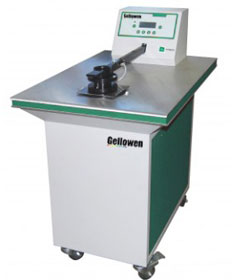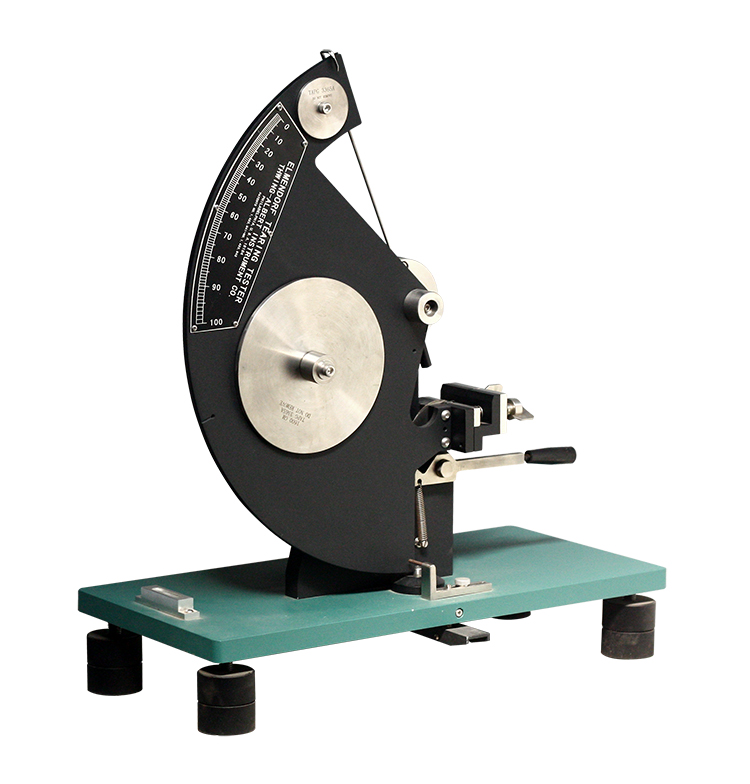
NewsInformation Center
6 Methods Of Fabric Testing Standards And The Impact
2023/11/16
Fabric testing plays a crucial role in ensuring the quality, performance, and compliance of fabrics used in various applications. There are several fabric testing standards and methods available that cover different aspects of fabric performance.
Here are six commonly used fabric testing methods and their impact:
1. ASTM D5034 - Grab Test:
This test measures the breaking strength and elongation of woven fabrics. It helps determine the fabric's ability to withstand stress and strain during use, such as in clothing or upholstery. The results of this test indicate the fabric's durability.
2. ASTM D2261 - Tearing Strength Test:
This test measures the force required to tear a fabric. It assesses the fabric's resistance to tearing and helps determine its suitability for various applications, such as outdoor equipment, tents, or industrial textiles.
3. AATCC 16 - Colorfastness to Light Test :
This standard evaluates a fabric's colorfastness to light exposure, specifically in terms of fading or color change. It helps assess the fabric's resistance to color fading caused by sunlight or artificial light exposure, ensuring long-lasting color retention.
4. ISO 9237 - Air Permeability Test:
This test measures the air permeability of fabrics. It quantifies the ease with which air passes through the fabric, determining its breathability. Fabrics with high air permeability are suitable for applications that require ventilation, such as sportswear or certain medical textiles.


5. AATCC 61 - Colorfastness to Laundering Test:
This standard assesses a fabric's colorfastness to laundering or washing. It evaluates the fabric's resistance to color loss or change when exposed to various washing conditions, such as detergent, temperature, and mechanical action. It ensures that fabrics maintain their color and appearance after repeated washing.
6. ISO 12947 - Abrasion Resistance Test:
This test measures a fabric's resistance to abrasion or rubbing. It assesses the fabric's durability and ability to withstand friction during use. The results help determine the fabric's suitability for applications requiring high abrasion resistance, such as upholstery, automotive textiles, or outdoor gear.
These fabric testing standards have a significant impact on the textile industry. They ensure consistent quality and performance of fabrics, as well as compliance with regulatory requirements. By conducting these tests, manufacturers can assess and improve their fabric's characteristics, leading to better products and customer satisfaction. Additionally, these standards enable fair competition and transparency within the textile industry, promoting consumer trust and safety.
Previous: What are the different types of pilling tests?
N e x t : What is the difference between ASTM E8 and ASTM A370?




